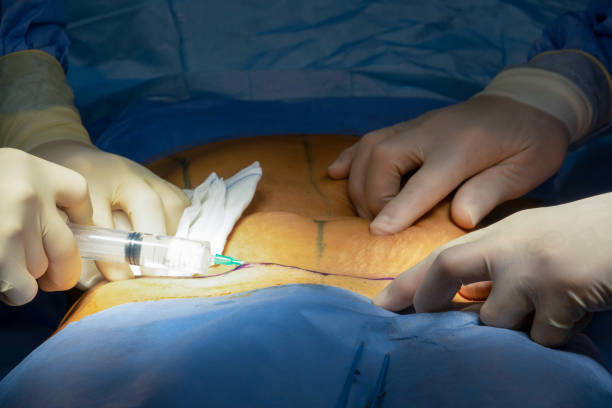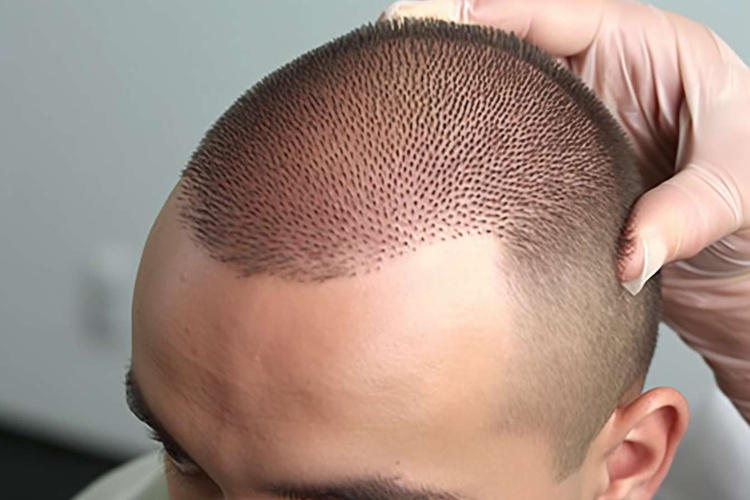Understanding the Science and Aesthetics of Tummy Tuck Surgery
A flat and well-toned abdomen is something many of us strive for through exercise and weight control. Sometimes these methods cannot achieve our goals. Even individuals of otherwise normal body weight and proportion can develop an abdomen that protrudes or is loose and sagging. This is where the medical procedure known as a tummy tuck, or abdominoplasty, comes into play. This article aims to delve deep into the science and aesthetics of tummy tuck surgery, unravelling its historical context, current relevance, trends and impact, while providing unique insights not widely covered elsewhere.

The Evolution of Abdominoplasty
The first recorded tummy tuck surgeries were performed in the early 19th century. However, these early procedures were risky due to a lack of understanding of the human anatomy and the absence of safe surgical techniques and anesthesia. The late 20th century marked a turning point for abdominoplasty with the advent of liposuction. The integration of liposuction into tummy tuck procedures opened up a world of possibilities, allowing surgeons to sculpt the abdomen with more precision and less scarring.
The Science Behind the Procedure
A tummy tuck removes excess fat and skin, and in most cases, restores weakened or separated muscles. This creates an abdominal profile that is smoother and firmer. The most common type of tummy tuck surgery is the “full” tummy tuck, which involves an incision from hipbone to hipbone. Following the skin separation, the abdominal muscles are tightened, and a new hole is cut for the navel. The skin is then stitched back into place.
The Rising Popularity of Tummy Tuck Surgery
Today, tummy tuck surgery is more popular than ever. According to the American Society of Plastic Surgeons, tummy tucks were included in the top five cosmetic surgical procedures in 2019. This increased popularity can be attributed to a few factors. Firstly, societal acceptance of cosmetic procedures has grown significantly. Secondly, advancements in surgical techniques have made the procedure safer and more effective. Finally, the rise in weight loss surgeries has increased the demand for post-bariatric body contouring, which often includes a tummy tuck.
The Impact and Reception of Tummy Tuck Surgery
Tummy tuck surgery has a significant impact on an individual’s physical appearance and emotional wellbeing. It helps to boost self-confidence and increases satisfaction with one’s body image. However, like any surgical procedure, it is not without risks and potential complications. These can include infection, poor wound healing, and changes in skin sensation. Thus, it is crucial for individuals to have realistic expectations and understand the potential risks before deciding to undergo the procedure.
Unique Insights into Tummy Tuck Surgery
One unique aspect of tummy tuck surgery that is not widely covered is its potential health benefits. Research has suggested that abdominoplasty, coupled with rectus repair, can help alleviate certain health issues. These include back pain and urinary incontinence, conditions often experienced by postpartum women. In fact, a study published in Plastic and Reconstructive Surgery found that over 50% of women with preoperative back pain reported significant improvement after surgery.
The Intersection of Medicine and Aesthetics
Tummy tuck surgery is a clear example of how medicine and aesthetics intersect. It serves as a reminder that our pursuit of beauty is not merely superficial; it can contribute to our overall wellbeing and quality of life. As we continue to advance in the field of cosmetic surgery, it is important to remember the value of balance – between aesthetics and health, between risk and reward, and between our outward appearance and inner self.




